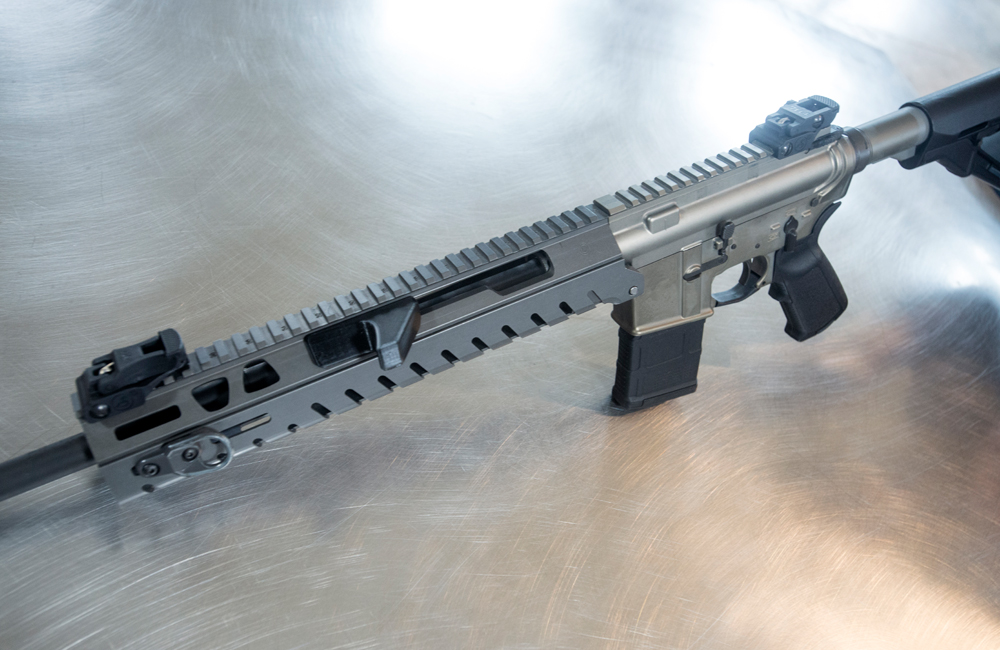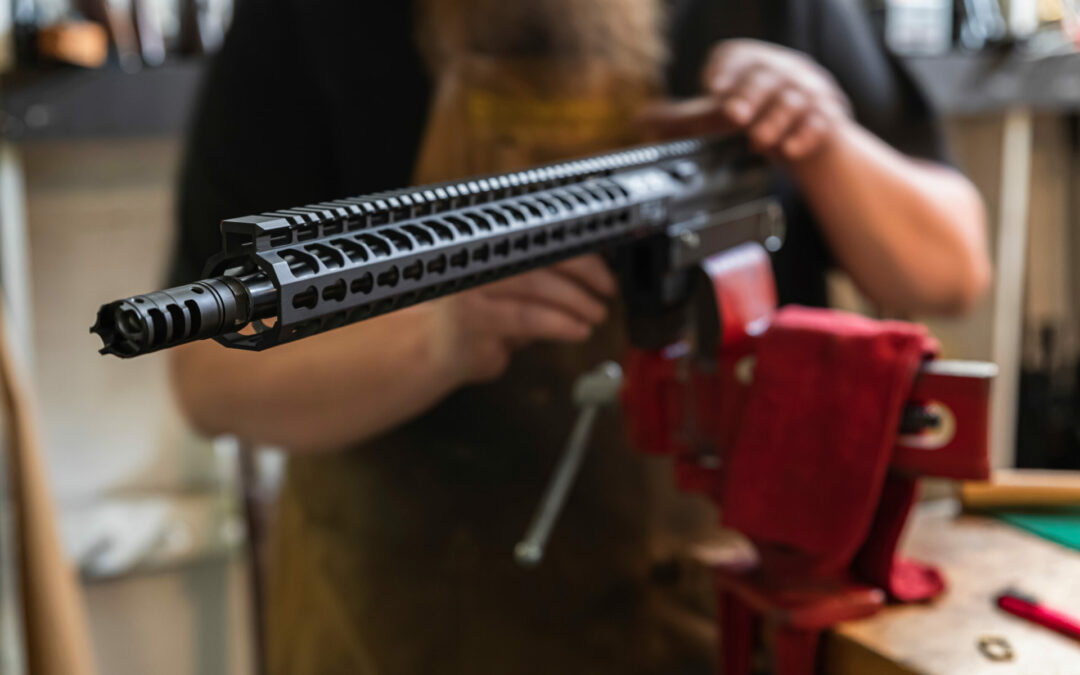Ever since its inception in the 1950s, the AR-15 has been a popular firearm, garnering an almost cult-like following among gun enthusiasts. Central to the mechanics of this weapon is its gas-operated system, reliant on the correct pairing of the barrel and the gas block. Understanding the nuances of these components can elevate your shooting experience, offering a perfect balance of precision, velocity, and recoil. Let’s unravel the complex relationship between the length of an AR-15 barrel and its gas block, the considerations involved, and the ramifications of different combinations.
The Fundamentals: Barrel Length and Gas Block
The barrel length of an AR-15 isn’t just a simple measurement from end to end. It’s a calculated length that plays a pivotal role in the firearm’s performance, affecting bullet velocity, accuracy, portability, and legal concerns.
On the other hand, the gas block sits inconspicuously on the barrel and is an integral part of the semi-automatic firing system. It redirects a portion of the propellant gases traveling down the barrel to cycle the firearm’s action and prepare it for the next shot. The gas block’s location, measured as the gas system length, directly influences the firearm’s performance and the shooter’s experience.

Navigating Barrel Lengths and Gas System Lengths
AR-15s come with a variety of barrel lengths, typically ranging from 7 to 20 inches, with corresponding gas system lengths: Pistol, Carbine, Mid-Length, and Rifle.
The shorter Pistol and Carbine gas systems (used with barrels less than 12 inches and up to 16 inches, respectively) provide a fast cycling rate due to the short distance the gas must travel. These systems are potent and deliver high power but can be tricky to handle due to increased recoil and higher parts wear.
The Mid-Length gas system, compatible with barrels approximately 14 to 18 inches long, is an attractive middle ground. It offers a slower, smoother action cycle than shorter systems, reducing recoil and extending the life of the parts while still delivering ample power.
Rifle-length gas systems are typically paired with barrels that are 20 inches or longer. These offer the softest shooting experience, lower recoil, and the least wear on the parts, but they require more precise gas block alignment and aren’t as portable due to the longer barrel length.

Understanding the Trade-Offs
Short barrels with short gas systems, like the Pistol and Carbine, deliver high power in a compact package, making them suitable for close-quarters combat or self-defense. However, the increased pressure and fast cycling rate can lead to accelerated wear and tear on the firearm and a harsher recoil, which may not be ideal for new shooters or prolonged use.
Mid-Length and Rifle gas systems with longer barrels, conversely, strike a balance between power and handling. The increased barrel length provides higher bullet velocity, while the longer gas system allows for a smoother action cycle and reduced recoil, enhancing shooting comfort and firearm longevity.
Enhancing the Shooting Experience
A deeper understanding of the relationship between the AR-15 barrel length and gas block can provide a custom shooting experience. For instance, competitive shooters often prefer a Mid-Length or Rifle system for its superior control and reduced wear, while home defenders may opt for a Carbine or Pistol system for its compact size and power.
Remember that while the barrel and gas block length plays a crucial role in your shooting experience, they are just part of the equation. Consider other factors such as ammunition type, muzzle device, buffer weight, and more to truly tailor your AR-15 to your unique needs.

The Fine Line of Legal Considerations
As with all firearms, it’s essential to be aware of and comply with all local, state, and federal laws regarding barrel lengths and overall rifle lengths. In the United States, for example, the Bureau of Alcohol, Tobacco, Firearms, and Explosives (ATF) stipulates that a rifle must have a barrel length of at least 16 inches. Anything shorter may classify the firearm as a Short Barreled Rifle (SBR), which is subject to additional regulations and tax stamps. The exception here is for AR-pistols, which do not classify as an SBR.
Adapting to Different Applications
Given the wide range of available barrel lengths and corresponding gas system lengths, an AR-15 can be adapted for nearly any shooting application. A Carbine or Pistol system might be the right choice for tactical scenarios, self-defense, or plinking, offering a high rate of fire in a compact package.
A Mid-Length system might be more suitable for hunting or target shooting at intermediate distances, providing a balance between firepower and recoil control. For long-range shooting, a Rifle system might be the best fit, offering maximum bullet velocity and the smoothest cycling action.
Experimentation: The Key to Mastery
Finding the optimal pairing between barrel length and gas system length often involves experimentation. While the theory can guide you in the right direction, the nuances of different combinations can only be appreciated through personal experience. It’s a dance between power and control, speed and smoothness, portability and performance.
Every shooter is different. Some may prefer the raw power and compact form of a Pistol or Carbine system, while others may appreciate the smooth action and extended range of a Rifle system. Experiment with different setups, understand how each performs, and find the combination that fits your shooting style the best.

The Road to Personalization
The AR-15 offers unparalleled flexibility and customization options to fit any shooter’s needs and preferences. By understanding the relationship between barrel length and gas block, you can navigate the intricate world of AR-15 customization with confidence.
Whether you’re seeking a firearm for defense, competition, or leisure, the right combination can significantly impact your shooting experience. The perfect AR-15 isn’t a universal standard but a deeply personal reflection of your unique shooting style and requirements.
The path to your ideal AR-15 configuration is filled with discovery, experimentation, and learning. Embrace the journey, and you’ll not only end up with a firearm that suits your needs but also acquire a wealth of knowledge that enhances your appreciation of this iconic platform.
Remember, the power of the AR-15 lies not only in its ballistic capabilities but also in its adaptability. Knowing how to leverage its modularity to meet your specific needs is the key to unlocking its true potential. So take the reins and start your journey towards mastering the complex yet rewarding world of AR-15 customization.

